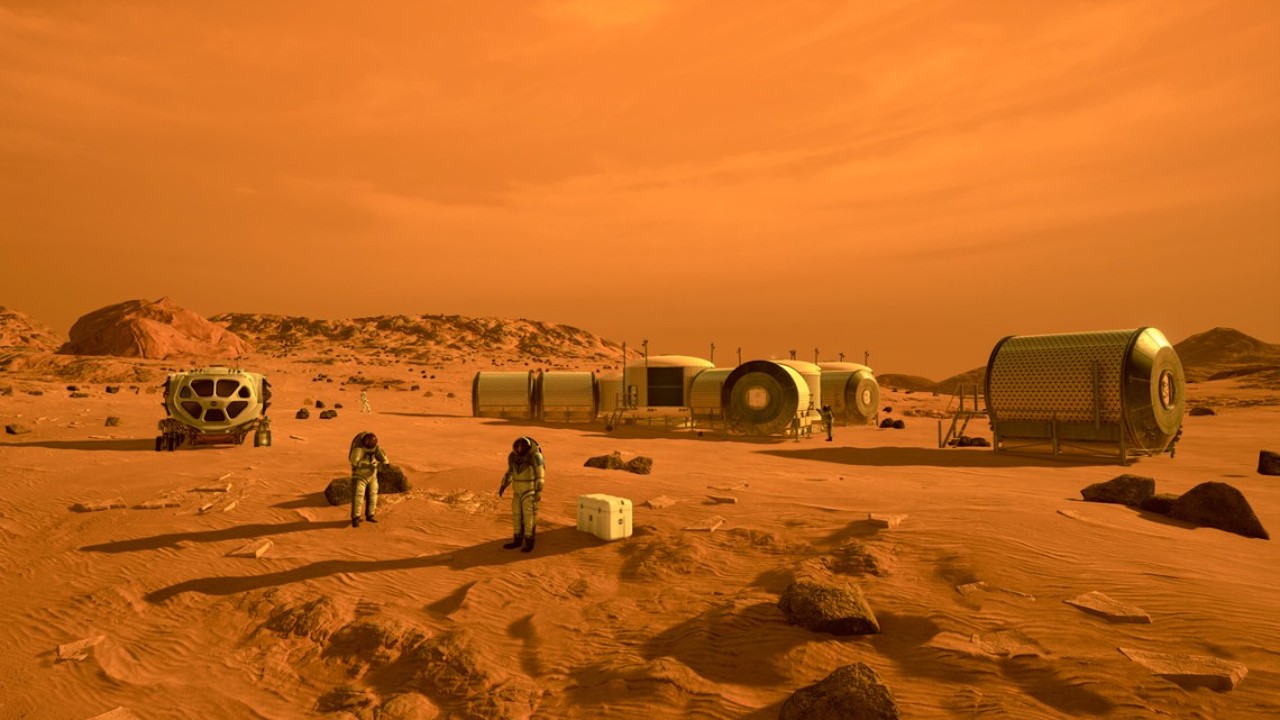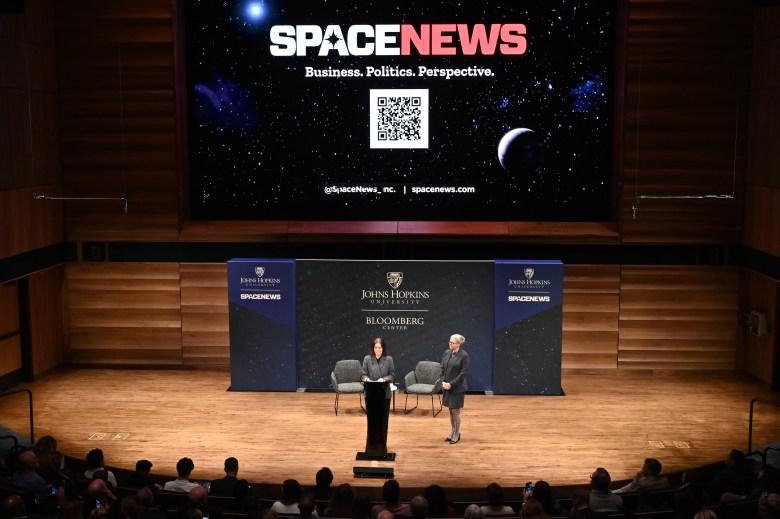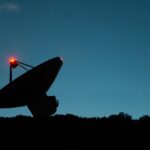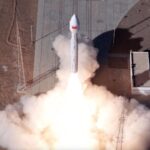Now Reading: The fallacy of being first — let’s be enduring instead
-
01
The fallacy of being first — let’s be enduring instead
The fallacy of being first — let’s be enduring instead


Recent reports suggest that NASA is looking to accelerate its lunar landing timeline — partly to ensure that America returns to the moon before China does. The echoes of the 1960s Space Race are unmistakable. Once again, the focus seems to be on being first — planting a flag, capturing headlines and proving technological superiority. But this approach carries the same risks as before.
The Apollo program was one of humanity’s greatest achievements, demonstrating United States innovation and capability on a grand scale. Yet it was, at its core, a politically motivated effort — a race measured in moments, not longevity. Once the flag was planted and the competition won, the effort faded. Apollo lacked the commercial framework or sustained infrastructure to make lunar operations a permanent part of our economy or civilization. When the race ended, so did the funding, the focus and the continuity.
Now, with the Artemis program, we may be seeing history repeat itself. The push to land first — this time to beat China — risks overshadowing the deeper goal: building a lasting lunar infrastructure that supports industry, science and commerce. Without an infrastructure architecture — a long-term strategy of power systems, communication networks, transportation and habitation — the Artemis missions risk becoming another expensive demonstration of technical skill rather than a sustainable step forward
Recommendation: a sustainable infrastructure
As the global space community looks toward permanent lunar bases, Mars outposts and beyond, we must pivot from high-cost, high-risk missions to a strategy focused on sustainable infrastructure rather on being first and planting the flag. This is not a new idea in terrestrial development. Economies on Earth flourished with the creation of highways, ports and logistical hubs that enabled efficient movement and commerce. Space must follow suit. In my work analyzing space market development, two infrastructure-focused concepts emerge as foundational: the Highway into Space and the Bridge between Worlds. These markets aren’t speculative — they describe real, actionable strategies that government agencies and commercial players can adopt to scale human presence and economic activity beyond Earth. They are built on the initiatives first proposed in President Reagan’s Pioneering the Space Frontier commission report, reinterpreted by the author through an enterprise architecture framework to define the foundation of the emerging space market economy.
The Highway into Space market: LEO as the launchpad of a space economy
The Highway into Space market focuses on Earth-to-orbit logistics — launch services, spaceports, on-orbit depots and staging facilities in low Earth orbit (LEO). Think of it as the space equivalent of our national highway system: roads, refueling stations, rest stops. It’s infrastructure that makes everything else possible. Rather than expending energy and hardware to send fully loaded spacecraft directly from Earth to the moon or Mars, a highway-based approach shifts heavy logistics to LEO-based platforms. There, vehicles can be refueled, assembled or reconfigured for deep space missions — improving cost efficiency, safety and cadence. This model enables a service-based space economy, where private sector firms operate logistics, launch and maintenance services, while agencies like NASA focus on exploration goals using this commercial backbone.
The Bridge between Worlds market: connecting Earth to the solar system
Once in orbit, the Bridge between Worlds market concept connects Earth with the moon, Mars and beyond. This market envisions an integrated infrastructure of transfer stations, communications
networks and in-space transport — creating a permanent, resilient system to move people, materials and information across the inner solar system. The analogy to Earth’s bridge networks is apt: bridges connect regions and enable sustained interaction. In space, this bridge would reduce the isolation of lunar or Martian settlements, enabling regular crew rotation, continuous science and resource exchange — essential to long-term habitation. Such a bridge could include lunar orbit way stations, Mars cargo tugs and Lagrange point logistics nodes. The key is persistent capability — systems that stay in space, are reusable and operate as part of a larger network.
This strategy calls for a reimagined role for space agencies. NASA, ESA and others should focus less on building bespoke missions, and more on catalyzing commercial market growth. By investing in shared infrastructure and offering anchor tenancy, they can help de-risk private sector involvement. NASA’s Artemis campaign and Lunar Gateway are steps in this direction, but they should be integrated into a broader economic vision. The real opportunity lies in linking these efforts with commercial logistics providers, orbital platforms and lunar economy startups. Agencies must not only explore, but also build the infrastructure that supports exploration — and ultimately, settlement.
Infrastructure is strategy
This is more than an engineering problem — it’s a matter of strategic architecture. Without sustained logistics, permanent presence on the moon or Mars is impractical. With it, we open the door to lasting habitation, industrial activity and new markets. The next era of space activity will not be defined by single missions but by the systems we build to make space accessible and productive. The Highway into Space and the Bridge between Worlds markets are strategic imperatives. It’s time we start treating them that way.
The lesson from history is clear: winning the race to be first is not the same as winning the future. What matters most is not whose flag flies first, but whose foundations endure.
Rocky Avvento is the author of Business Opportunities in the New Space Economy, a forthcoming work exploring the markets, infrastructures and partnerships driving the 21st-century expansion into space. A space architect and strategic thinker, he writes on the intersection of technology, economics and human enterprise in the emerging space frontier.
SpaceNews is committed to publishing our community’s diverse perspectives. Whether you’re an academic, executive, engineer or even just a concerned citizen of the cosmos, send your arguments and viewpoints to opinion@spacenews.com to be considered for publication online or in our next magazine. The perspectives shared in these opinion articles are solely those of the authors.
Stay Informed With the Latest & Most Important News
Previous Post
Next Post
-
 012024 in Review: Highlights from NASA in Silicon Valley
012024 in Review: Highlights from NASA in Silicon Valley -
 02Panasonic Leica Summilux DG 15mm f/1.7 ASPH review
02Panasonic Leica Summilux DG 15mm f/1.7 ASPH review -
 03How New NASA, India Earth Satellite NISAR Will See Earth
03How New NASA, India Earth Satellite NISAR Will See Earth -
 04And Thus Begins A New Year For Life On Earth
04And Thus Begins A New Year For Life On Earth -
 05Astronomy Activation Ambassadors: A New Era
05Astronomy Activation Ambassadors: A New Era -
06SpaceX launch surge helps set new global launch record in 2024
-
 07Space Force plans new ‘Futures Command’ amid pressure to speed up modernization
07Space Force plans new ‘Futures Command’ amid pressure to speed up modernization



















